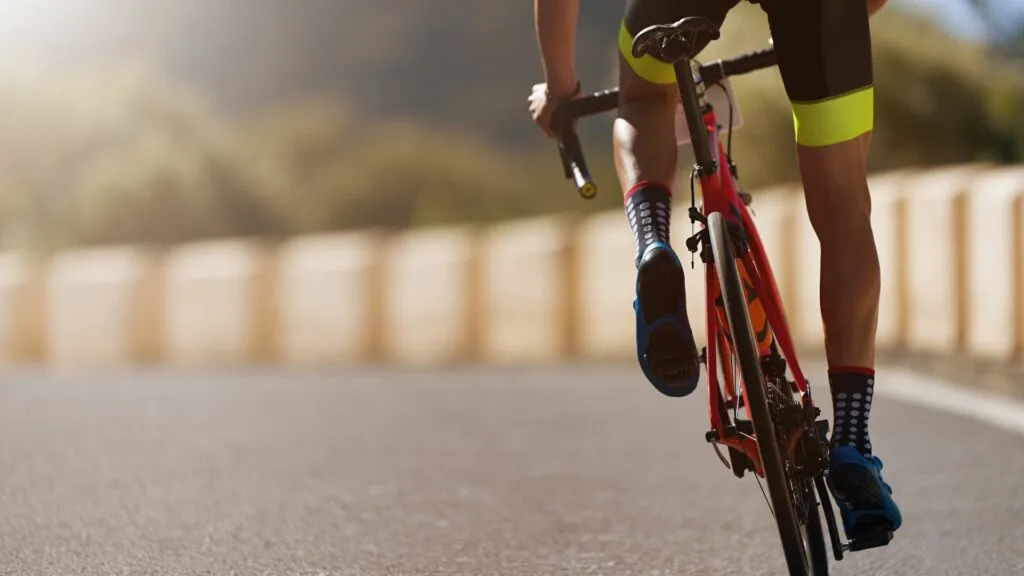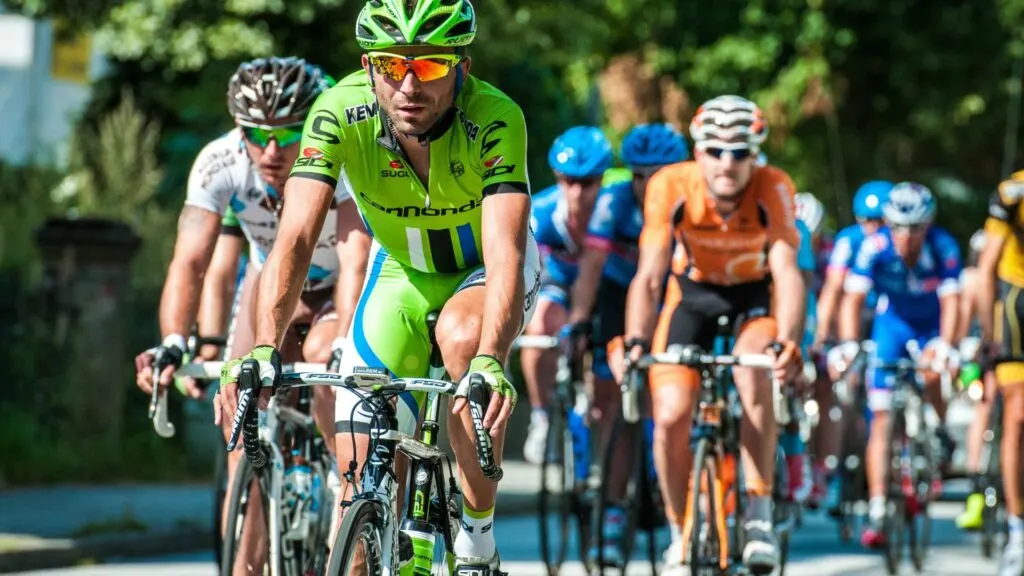Understanding Minnesota bicycle laws is essential for every cyclist to stay safe, follow the rules, and confidently share the road with motorists.
As a Minnesota cyclist, you have rights and responsibilities on the road. From equipment requirements to traffic rules, this guide will provide you with essential information about cycling laws in the North Star State. By familiarizing yourself with these regulations, you’ll be better equipped to safely and responsibly share the road with motorists and pedestrians.

Overview of Bicycle Laws in Minnesota
As a cyclist in Minnesota, understanding the state’s bicycle laws is crucial for your safety and legal compliance. MN bicycle lawyers emphasize the importance of knowing these regulations to protect your rights on the road.
Right-of-Way and Road Usage
In Minnesota, bicycles are considered vehicles and have the same rights and responsibilities as motorists. This means you must obey traffic signals, stop signs, and lane markings. However, you’re also entitled to use the full lane when necessary for safety.
Safety Equipment Requirements
Minnesota law mandates certain safety equipment for cyclists:

- A white front light and red rear reflector for night riding
- Functioning brakes
- A horn or bell to alert pedestrians
Riding Practices and Restrictions
When cycling, you should:
- Ride in the same direction as traffic
- Use hand signals for turns and stops
- Yield to pedestrians in crosswalks
It’s important to note that riding on sidewalks is prohibited in business districts unless local ordinances state otherwise.
Understanding these laws not only keeps you safe but also strengthens your position should you need to consult MN bicycle lawyers in the event of an accident or dispute. Following these regulations contributes to a safer cycling environment for everyone on Minnesota’s roads.
Bicycle Safety Laws and Regulations
As a Minnesota cyclist, you must understand and adhere to the state’s bicycle safety laws and regulations. These rules are designed to protect you and other road users, ensuring a safer environment for everyone.

Helmet Usage
While Minnesota doesn’t have a statewide helmet law, many cities have their ordinances requiring helmet use for cyclists under a certain age. Regardless of local laws, wearing a properly fitted helmet is always recommended to reduce the risk of head injuries in case of accidents.
Visibility Requirements
Minnesota law requires cyclists to use lights and reflectors when riding at night. Your bicycle must have a white front light visible from at least 500 feet away and a red rear reflector visible from 100 to 600 feet. Additional reflectors on pedals or wheels are also mandated for enhanced visibility.
Traffic Rules
Cyclists must follow the same traffic laws as motorists, including stopping at red lights and stop signs, yielding to pedestrians, and using hand signals for turns. Riding with traffic flow and using designated bike lanes are important safety practices.
Sharing the Road – Laws for Motorists and Cyclists

Understanding Mutual Responsibilities
As both motorists and cyclists share Minnesota’s roads, it’s crucial to understand the laws governing their interactions. MN bicycle lawyers emphasize that knowledge of these regulations can prevent accidents and legal disputes. Motorists must maintain a three-foot clearance when passing cyclists, while cyclists must ride as close to the right side of the road as practicable, with some exceptions.
Right-of-way and Traffic Signals
Both drivers and cyclists must obey traffic signals and right-of-way rules. Cyclists have the same rights and responsibilities as motorists regarding following traffic laws. This includes stopping at red lights and stop signs, signaling turns, and yielding to pedestrians. However, cyclists may treat stop signs as yield signs and red lights as stop signs in certain situations, as per the “Idaho Stop” law implemented in Minnesota.
Liability and Insurance Coverage for Bicycle Accidents

Understanding Liability in Bicycle Accidents
When it comes to bicycle accidents in Minnesota, determining liability can be complex. As a cyclist, you have the same rights and responsibilities as motorists. If you’re involved in an accident, the fault may be assigned based on who violated traffic laws or acted negligently.
Insurance Coverage for Cyclists
Many cyclists are unaware of their insurance options. Your auto insurance may provide some coverage even when you’re on a bike, particularly for medical expenses. Additionally, homeowners’ or renters’ insurance might offer liability protection if you cause injury to someone else while cycling. Reviewing your policies and considering additional coverage specifically for cycling is crucial.
Understanding Minnesota Bicycle Laws: A Complete Guide for Cyclists
As you navigate Minnesota’s roads and trails on your bicycle, understanding and following the state’s bicycle laws is crucial for your safety and the safety of others. Being a knowledgeable and law-abiding cyclist can let you help foster a culture of mutual respect between cyclists and motorists in Minnesota.

Jessi is the creative mind behind The Coffee Mom, a popular blog that combines parenting advice, travel tips, and a love for all things Disney. As a trusted Disney influencer and passionate storyteller, Jessi’s authentic insights and relatable content resonate with readers worldwide.
